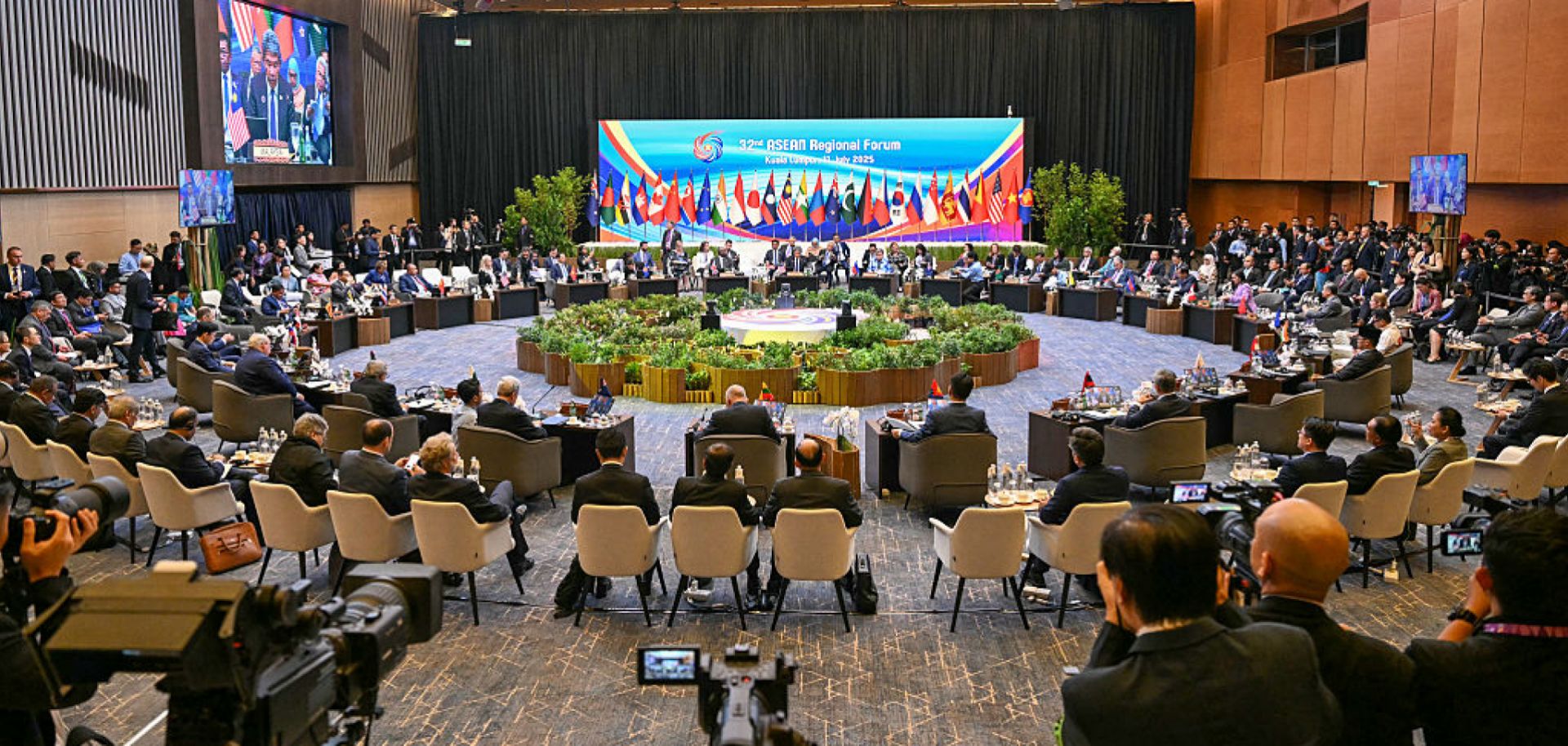China and Russia used the ASEAN summit to modestly expand influence through dealmaking and institutional engagement, signaling their intent to deepen long-term roles in the Southeast Asian bloc, which will increasingly become a testing ground for strategic alignment amid intensifying U.S.-China competition and weakening multilateral norms. Occurring from July 8-10, the ASEAN Foreign Ministers' Meeting saw China pledge to sign the Southeast Asia Nuclear Weapons Free Zone, or SEANWFZ, treaty ''without reservation'' once procedural steps are complete, while reaffirming the ASEAN-China Free Trade Area 3.0, or ACTFA, upgrade. At the same time, Russia secured formal adoption of the 2026-2030 Russia-ASEAN Comprehensive Plan of Action, or CPA. The document outlines and upgrades collaboration in trade, energy, agriculture, education and security, and crucially, commits Russia to structured participation in ASEAN-led security platforms like the ASEAN Regional Forum and ASEAN Defence Ministers' Meeting-Plus format. U.S. participation was limited by comparison, with no new...

